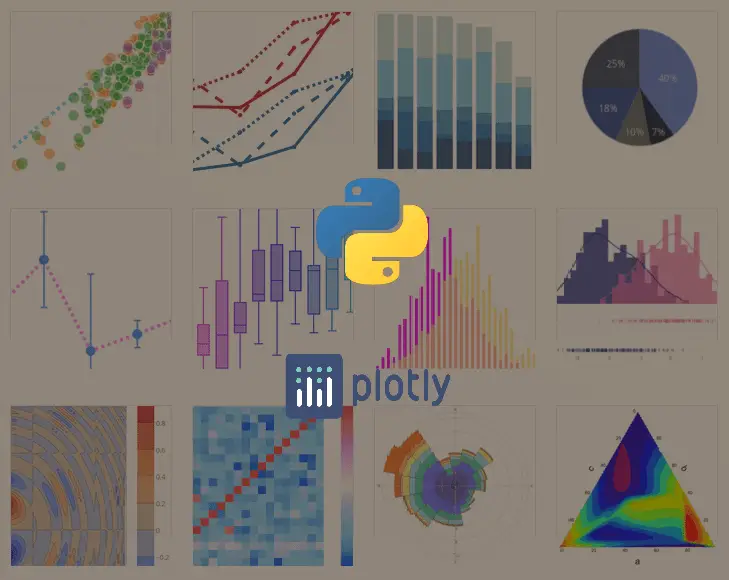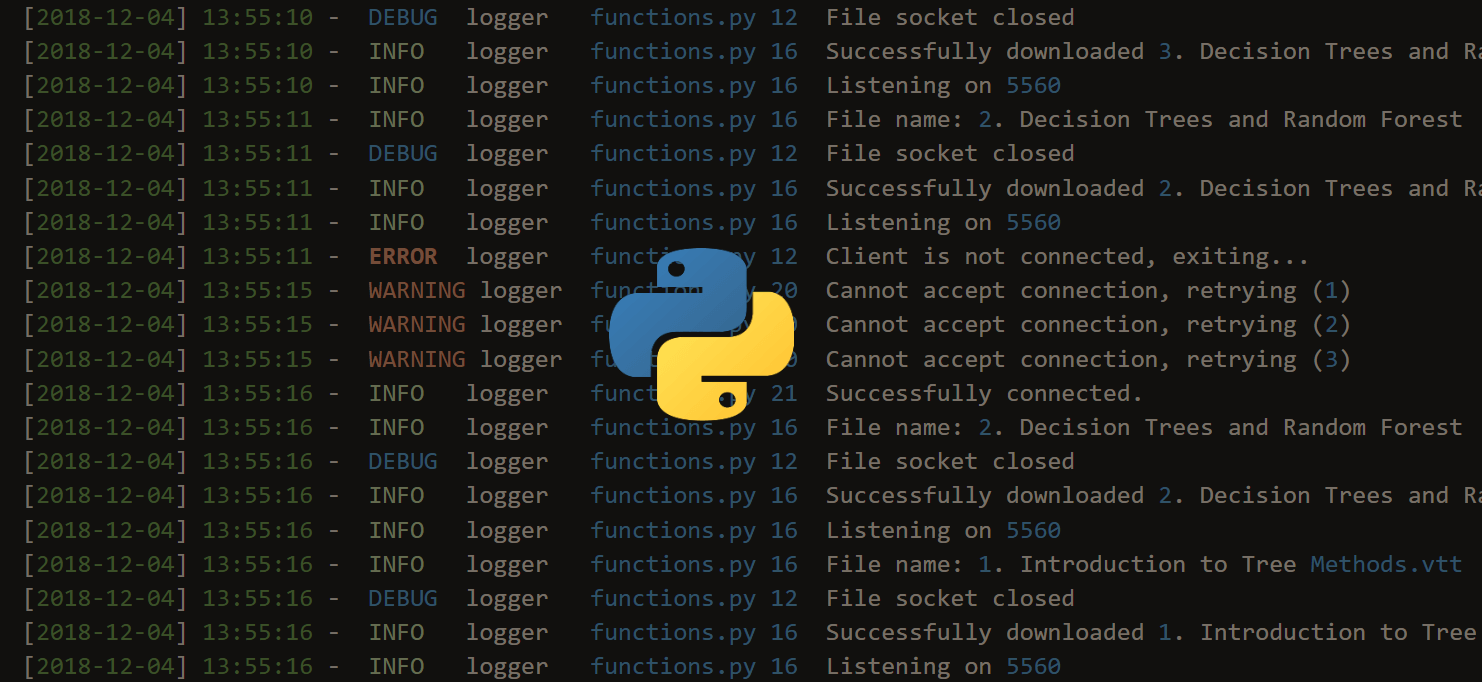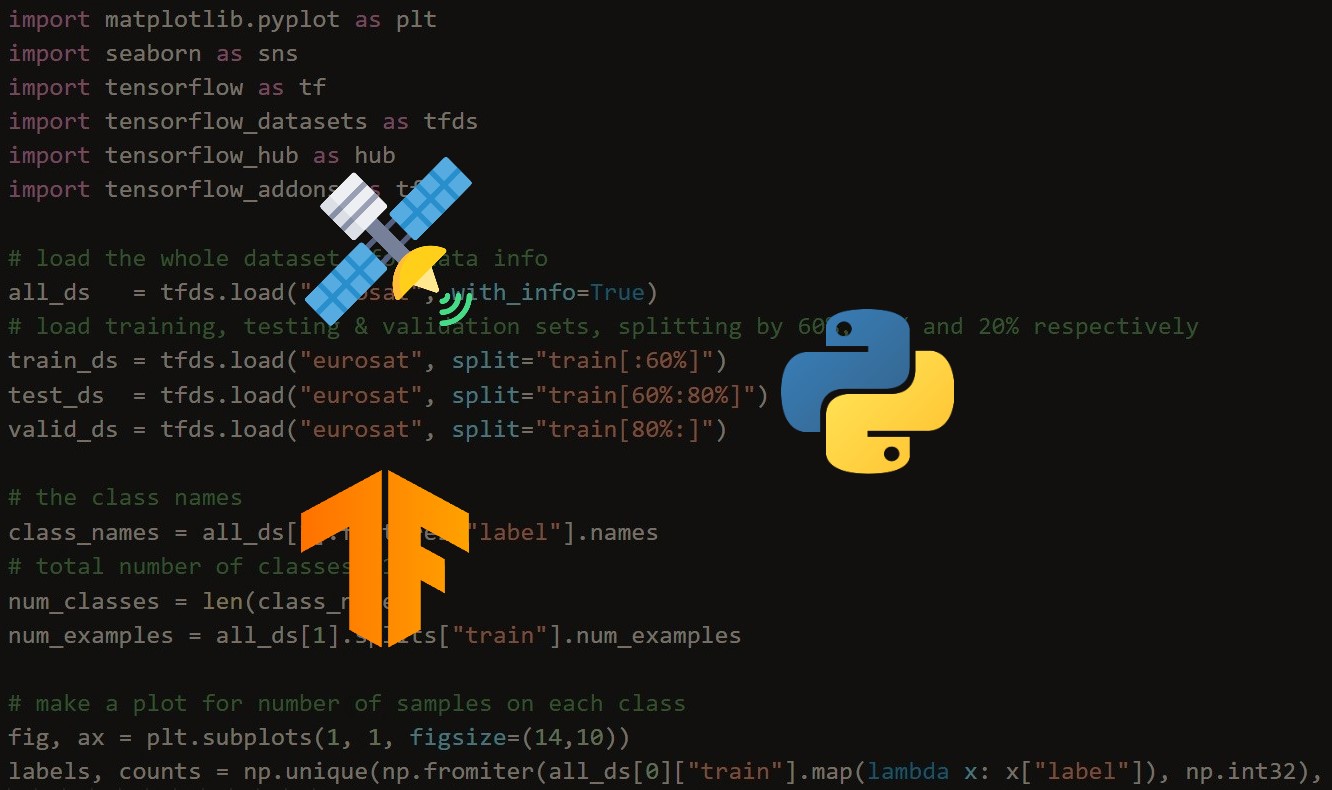Ready to take Python coding to a new level? Explore our Python Code Generator. The perfect tool to get your code up and running in no time. Start now!
Programming is becoming a vital skill used by several professionals across different industries in today's digital environment. Python is one of the languages that has seen widespread adoption over the years. It's estimated that the number of Python developers peaked at 8.2 million in 2020 and is still increasing.
There are many reasons why several people are turning to Python. One possible explanation is that the language has a relatively low learning curve, allowing programmers to use fewer lines of code to complete tasks.
Data analysts are among the many professionals who use Python in their day-to-day operations. Before we look at why Python is popular among data analysts, let's first understand who a data analyst is.
Who is a Data Analyst?
An analyst interprets current datasets using advanced statistical techniques to produce meaningful insights and reports. This often involves the use of programming languages, with Python being one of the most commonly used. If you're interested in becoming proficient in this area, you might consider resources to learn Python for Data Science. The field of data science relies heavily on real-world data and computational analysis to draw conclusions.
Other professions in the field include data scientists and data engineers. The main difference between a data scientist and a data analyst is that the latter uses the available data to answer any questions or problems presented to them. In contrast, a data scientist uses the obtained insights to make data-driven predictions.
On the other hand, data engineers build architecture and infrastructure for data generation and are more likely to be well-versed in engineering and software development than in data analysis.
Why do Data Analysts Prefer Python to Other Languages?
Over the years, Python has been widely adopted, thanks to several factors that make the language favorable to newbies and veteran developers. Since its release in 1991, Python has undergone significant improvements to make it a user-friendly and high-performance programming language today. Here are the reasons why Python is popular among data analysts and data scientists.
1. Python is Flexible and Easy to Learn
Python is a beginner-friendly programming language that allows you to script websites and applications in a personalized and user-friendly way. This flexibility feature is also needed when working with complex and large datasets. Data analysts can use Python to create, edit, and customize data models with the help of ML-powered algorithms. Similarly, it's possible to systematize datasets and use data mining to complete various tasks in a short time scale.
2. Python is Open Source and Well-Supported
Python is open-source, free to use, and features a solid and active community of developers. Python runs on Linux and Windows environments and can quickly move to multiple platforms. Several open-source Python libraries are available for use, such as matplotlib, seaborn, and plotly for data visualization, NumPy, pandas, sklearn, PyTorch, and TensorFlow for data engineering, data science, and machine learning.
The active community of developers means that these libraries are constantly developing and improving. This can be useful for new and expert data analysts who want to develop their analytics skills.
3. Python Supports Graphics and Visualization
Python supports visuals such as charts and graphs, allowing data analysts to work with a wide variety of data. Visual data representation techniques are easy to understand and recall, making them an ideal choice for professionals who handle a big chunk of data.
Using Python for Data Analysis — What You Should Know
As stated earlier, Python is an open-source programming language, meaning all the resources are available to anyone for free. This is both a good and bad thing. It's good since it reduces expenses and speeds up the application development cycle. However, this is also a bad thing since open-source software can introduce two types of risk. One is the intellectual property risk from reciprocal and restrictive licenses, and the other is security risks through malicious code.
Security risk is a significant problem for many developers and companies, especially those unaware of open-source vulnerabilities. According to recent research, Python ranked fifth among the least secured programming languages with 5% vulnerabilities. C was considered the least secure, with 47% vulnerabilities, followed by PHP (17%) and Java (10%). From this research, it's safe to assume that Python is more secure than the other languages in the list, but it's still worth taking precautions.
Conclusion
Python is undoubtedly one of the best programming languages for use cases in different industries and work environments. As a data analyst using Python to interpret data, you should pay attention to IP risk and cybersecurity vulnerabilities.
A rule of thumb is to adopt robust risk assessment methodologies that integrate your entire risk management strategies. It would help if you also considered an automated risk management solution that allows you to manage all the risks in your organization – quickly and conveniently.
Happy learning ♥
Just finished the article? Why not take your Python skills a notch higher with our Python Code Assistant? Check it out!





Got a coding query or need some guidance before you comment? Check out this Python Code Assistant for expert advice and handy tips. It's like having a coding tutor right in your fingertips!